
Deflocculants for the ceramic industry
The treatment of clays by deflocculation and wet milling is an essential technique in the production of ceramic floor and wall tiles. The evolution of single-firing processes has made the use of atomized clay indispensable, which requires specific additives for deflocculation of slips prior to spray drying.
Deflocculation consists of obtaining a slurry with a high solids content and low viscosity, eliminating the plastic behavior of clays. This process is based on the modification of the electrical properties of the colloidal clay/water system by means of additives that optimize its rheology.
Types of Deflocculants
Solids
- Ideal for dosing in discontinuous processes.
Liquids
- Ideal for dosing in continuous processes. Dosage adjustment according to the flow rate of the installation.
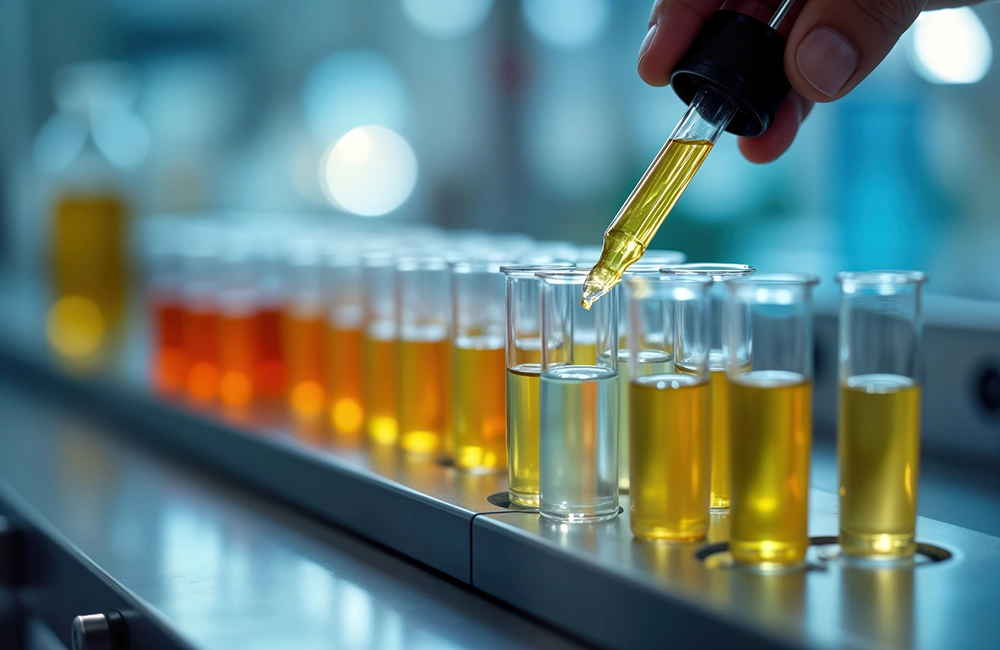
Other Additives and Solutions
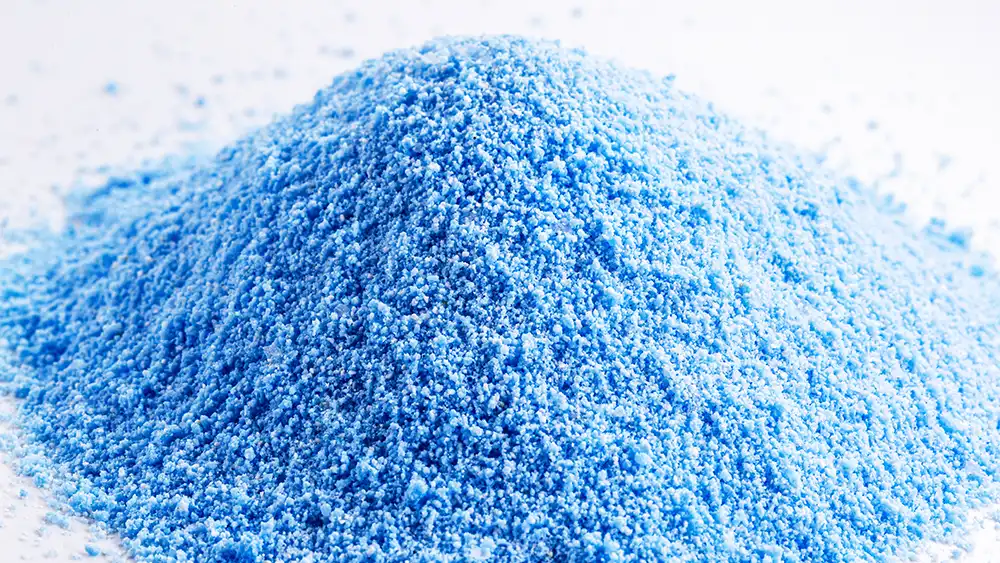
Engobes
Rib engobes play an essential role in the ceramic industry, providing the contact surface with the refractories inside the kiln to prevent them from sticking to their base. At Todaquimia we develop specific rib engobes adapted to all firing cycles. We study each case to ensure a stable behavior in the manufacturing process with formulations that extend the life of the ceramic kiln rollers and/or avoid transfer staining problems.
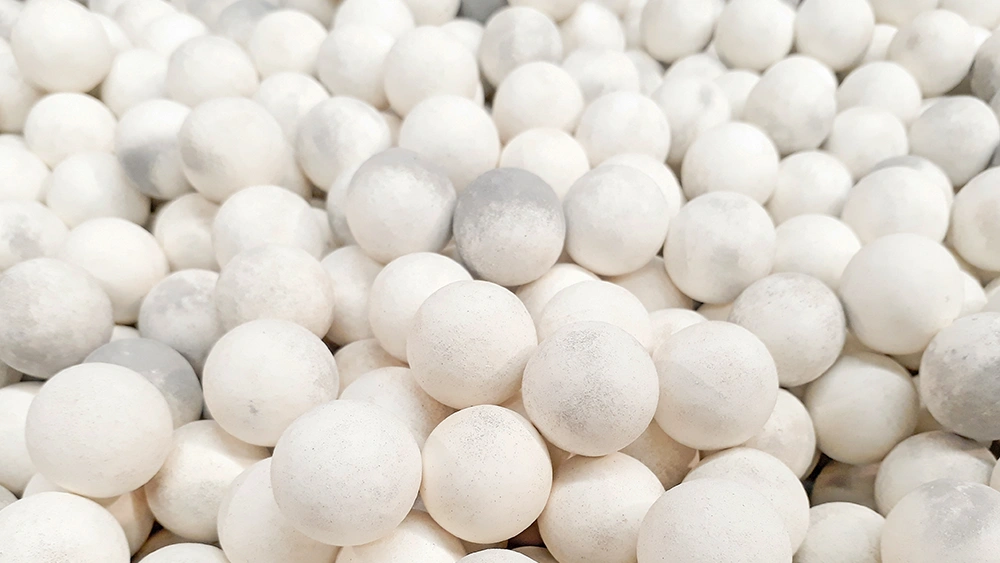
Energy efficiency additives (black heart)
The additives designed for energy optimization in ceramic firing improve the combustion of the organic materials present in the clay, avoiding defects in the pieces and reducing the thermal cycle time.
- They facilitate the oxidation of organic matter inside the piece, minimizing the black heart effect.
- Optimization of kiln energy consumption, reducing environmental impact and production costs.
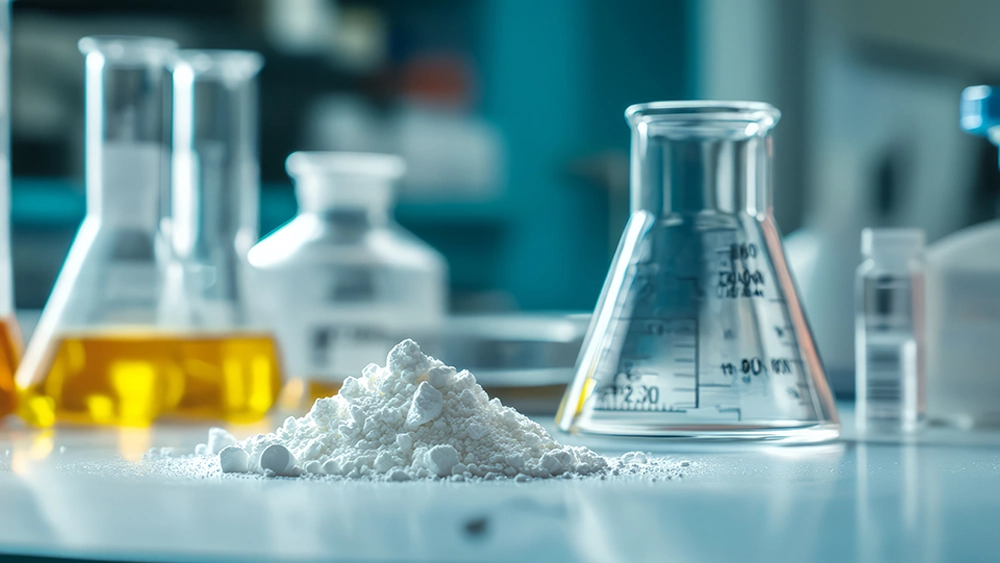
Additives for mechanical resistance in green
The increase of mechanical strength in the green phase is essential to avoid defects and breakage during transport and handling of the pieces before firing.
- Structural reinforcement of the part before firing, reducing losses in the production line.
- Possibility of manufacturing thinner parts without compromising their integrity, favoring the reduction of raw material and energy costs.
- Optimization of workability and handling of parts in the pressing and drying process.

Surfactants
Surfactants play a key role in controlling the viscosity of ceramic suspensions, optimizing the flowability of slip and glazes.
- Viscosity reducers: Improve fluidity and facilitate the pumping of suspensions in the production line.
- Viscosity enhancers: Designed to improve the stability of colloidal systems and prevent particle sedimentation.
- Specific additives for non-aqueous based inks: Improve pigment dispersion and adhesion in digital ceramic printing processes.
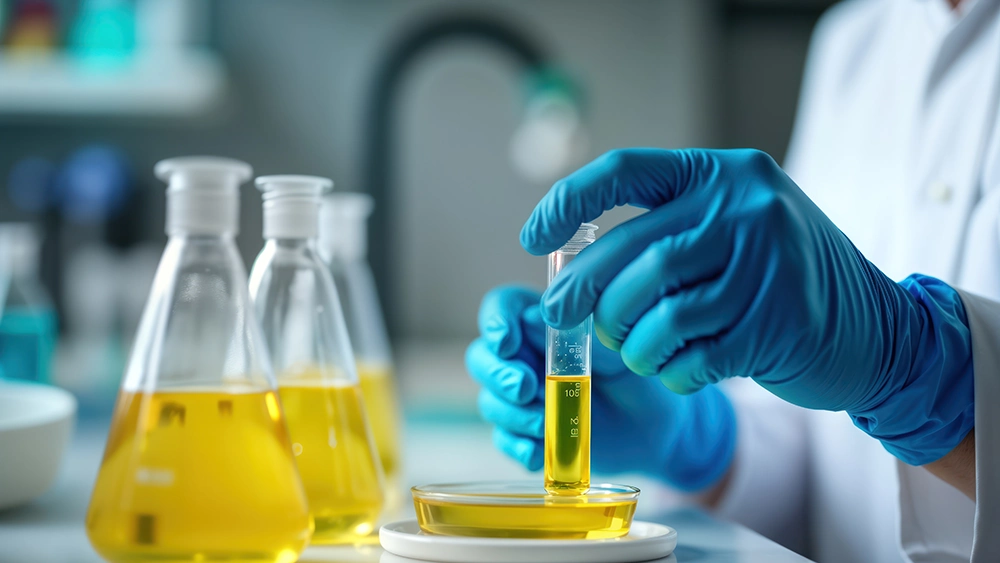
Anti-slip treatments
Anti-slip surface treatments provide increased safety in applications where high slip resistance is required without compromising the aesthetics of the final product.
- They increase the coefficient of friction of the final finish, improving safety on floors and surfaces exposed to moisture.
- Formulation adapted to the conditions of application in production and final work.
- Compatibility with different glazing systems and surface finishes.
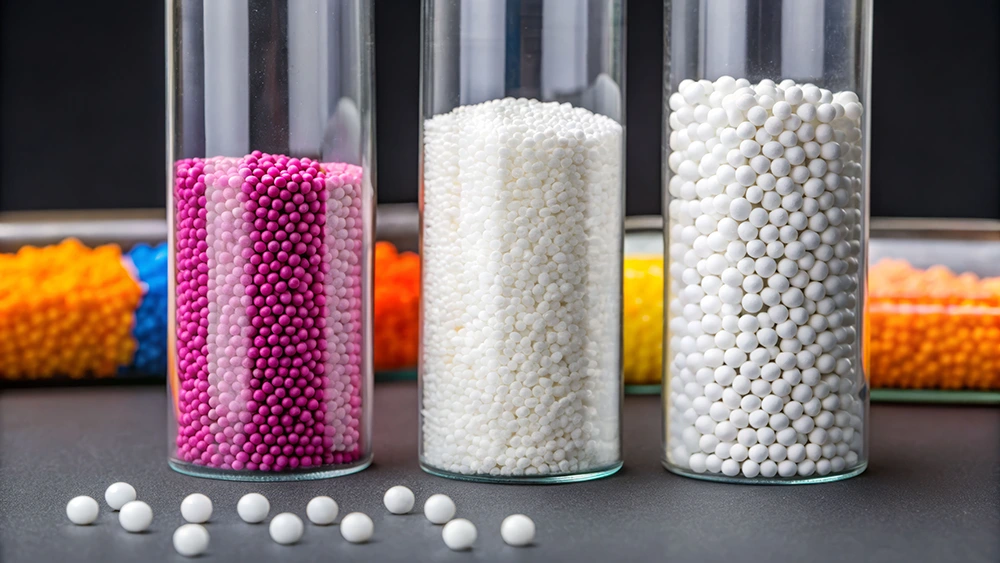
High density alumina balls
Alumina balls are used in the grinding of ceramic raw materials due to their high wear resistance and efficiency in particle size reduction.
- Increased efficiency in the grinding of high hardness materials such as quartz and feldspars.
- Available in a wide range of diameters for adaptation to different types of mills and specific process needs.
Innovation and Development
At Todaquimia, our commitment to innovation and continuous improvement allows us to offer advanced chemical solutions for the ceramic industry. Through our R&D&I department, we work closely with our partners to develop additives and products adapted to every need, ensuring process optimization and continuous improvement of production performance.
